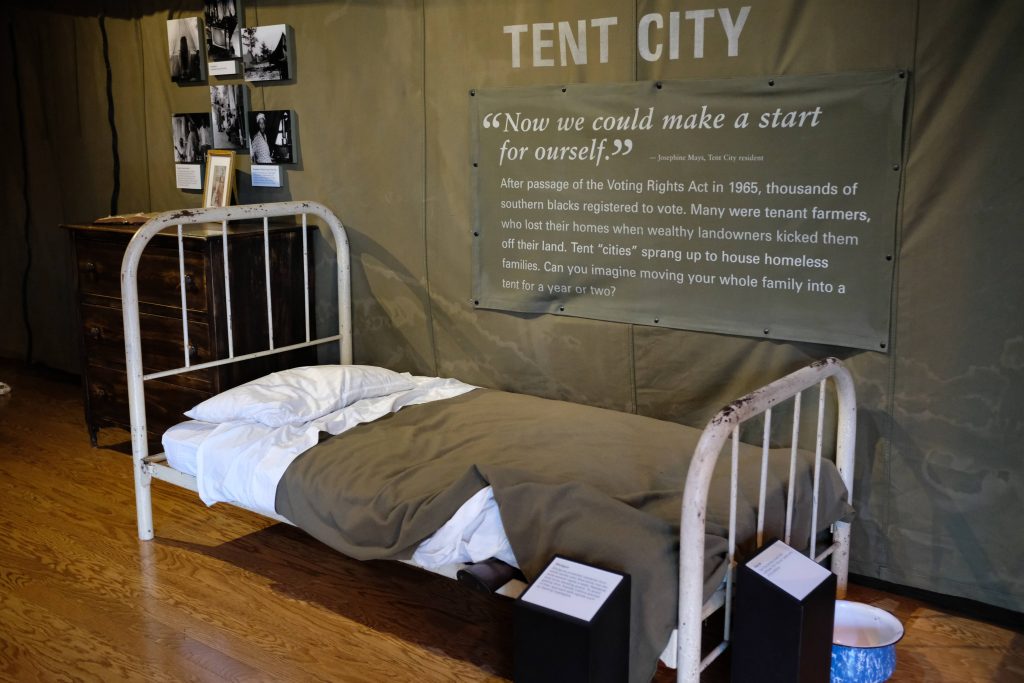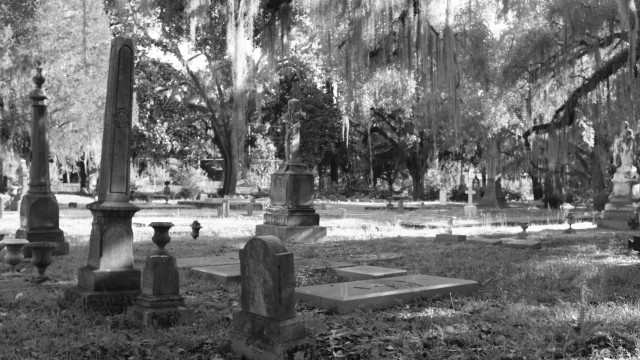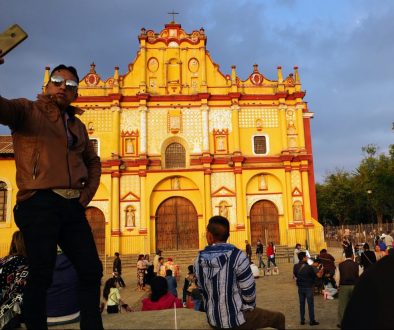History sometimes gets jumbled up in my mind. I don’t always remember dates and details. That was the case with Selma. I knew there was a civil rights march across the now famous Edmund Pettis bridge, but what exactly were the activists marching for, how did this fit into the larger civil rights movement? On my third day in Montgomery, I rented a car and searched for answers.

A long struggle
The march from Selma to Montgomery in 1965 was a culmination of a long struggle in gaining the right to vote for African Americans in Alabama. Literacy tests, poll taxes, and intimidation had kept nearly all African Americans from exercising their right to vote. For many decades, several organizations and individuals worked to secure the right to vote. Churches, the only place where Blacks could gather legally, became ground zero for the movement.
By 1965, police violently confronted peaceful citizens when they tried to register to vote. This drew national and international attention to the issue. In one instance, 105 teachers tried to register to vote and were met with nightsticks and pushed off the steps of the courthouse. The repeated protests inspired more people to get involved. In February, more than 3000 people, including Dr. Martin Luther King, were arrested for marching without a permit. Later that month, Jimmie Lee Jackson, a young demonstrator, was killed by state troopers.

This led to the famous “Bloody Sunday” march the following month. Representative John Lewis and 600 marchers were met with nightsticks, tear gas, whips, and a “sea of blue” state troopers at the Edmund Pettus Bridge in Selma.
A Final March
After several more attempts at marching, and the eventual support of the federal government, a final march from Selma to Montgomery took place from March 21-25, 1965. This was one hundred years after the 15th amendment guaranteed the right to vote regardless of race. Although the marchers continued to face taunts and threats from onlookers, the group swelled to 25,000 by the time they reached the state capitol.

Later that night, a volunteer from Detroit, Viola Liuzzo, was shot and killed by the Ku Klux Klan as she drove back to Selma. As I’ve learned over and over again on this trip, every step forward for civil rights was met with a strong and often violent backlash. We continue to see this pattern repeated today.

Tent cities
One form of backlash came from local landowners who evicted their black tenants if they registered to vote. Hundreds became homeless overnight and ended up forming tent cities. Volunteers helped these newly registered voters to find permanent homes and jobs. Imagine giving up your home just for the right to vote. Over and over, I was struck by the stories of courage and perseverance of so many African American families and others who helped in this struggle for the most basic of rights.


Scenes from Selma







Thank you to Fund for Teachers for making this trip possible. This year, Fund for Teachers offered a new program, Innovation Circle grants, to assist previous fellows to “identify problems of practice, design personal learning experiences, and commit to navigating implementation with a cohort.” I am excited to be a part of the Equity Circle. My project will take me to Montgomery, Birmingham, and Selma, Alabama to research the history of racial inequity and economic justice in order to design lessons for a middle school Ethnic Studies course that facilitates students’ connections between past injustices and systemic racism that exists today.
















June 29, 2021 @ 10:42
Another amazing post, Tim. Thank You!
June 30, 2021 @ 20:02
These places are definitely worthy of a school field trip!
June 29, 2021 @ 17:15
Wow loved it dad. Keep it up
June 30, 2021 @ 20:04
Obrigado, filho.
July 2, 2021 @ 12:00
Thank you Tim. Definitely some history here that I didn’t know.
July 5, 2021 @ 16:42
I highly recommend a visit to the area.
July 3, 2021 @ 23:32
Excellent
Thank you Tim!
July 5, 2021 @ 16:43
Thanks for reading, Carol!